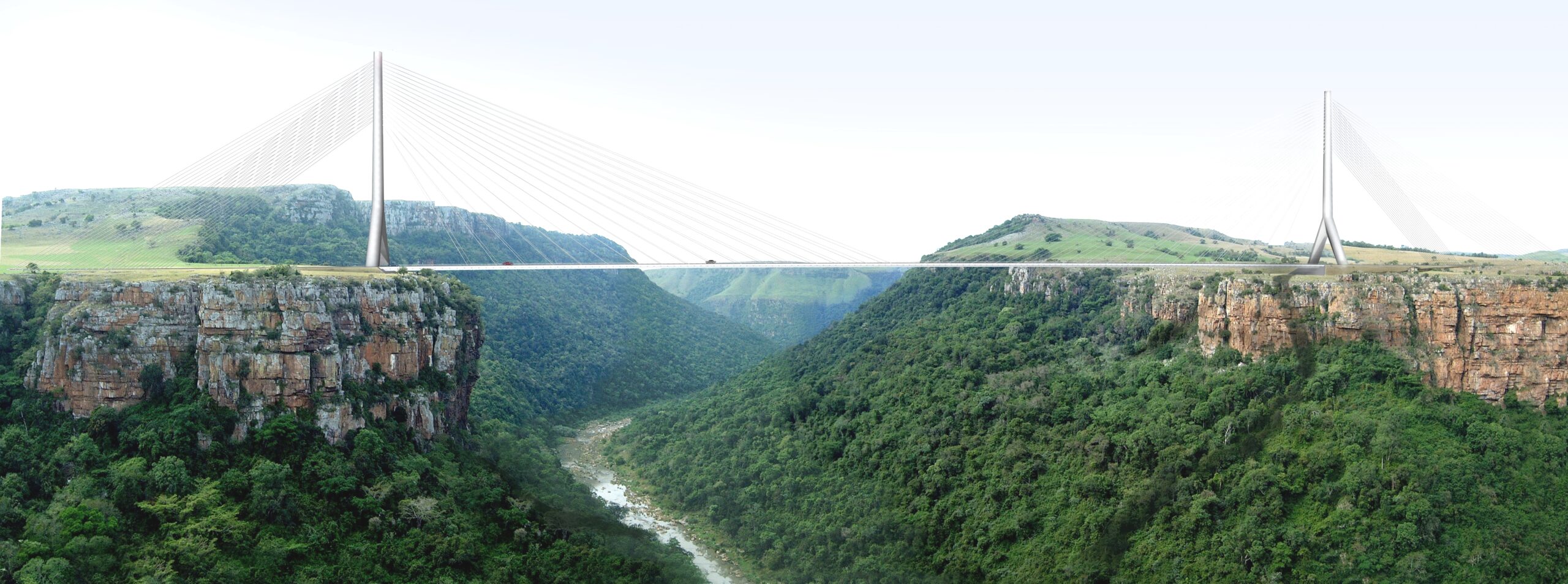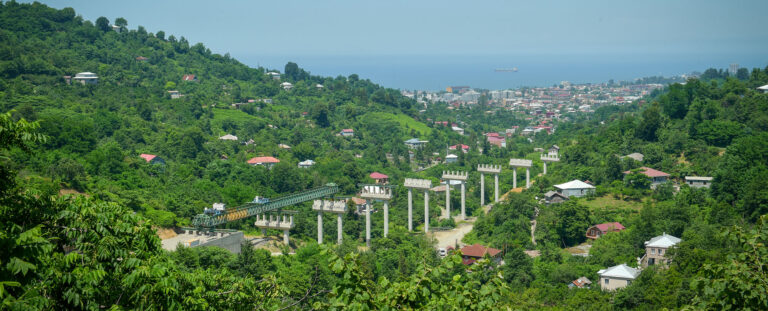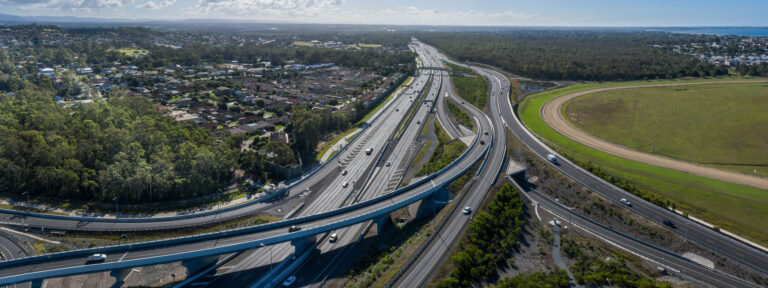
Grout trials and controlled testing
The engineers conducted full-scale grout trials to investigate the effects of the differential hydrostatic pressure on uncured grout. This enabled the team to develop a tailored grouting procedure for the project. During the trials it became apparent that eradicating the water bleeding phenomena entirely would be very difficult, regardless of water cement ratio. Therefore a ‘bleed management’ solution was a more viable option.
- Grout mix: SMEC examined different grouting materials, both imported and locally manufactured, and discovered that a locally sourced product performed better. The viscosity-modified grout altered the grouts flow characteristics and reduced the amount of bleed water. This finding highlighted the value of local knowledge and expertise.
- Use of a grout cap and grout reservoir: It was vital to prevent bleedwater from accumulating in the post-tension anchor. The team devised a solution which gave the bleedwater a free path to migrate up to a point where it was visible and where it could be managed. The grout cap was an extension device which was attached to the top of the anchorage and provided a channel for the bleedwater to migrate past the anchorage and into the reservoir from where it could be removed.
- Reinjection vents and curing time:To manage the bleeding phenomena the engineers used strategically placed reinjection vents to control the curing process. The reinjection of fresh grout within two hours of grouting was effective in pushing out the bleed-affected grout before it set.
- Flow times: In this instance, slowing the flow time had no effect on the quality or filling ability of the grouting mixture.
Demonstrating successful removal of bleedwater
Lessons learned
The case study of the Msikaba Bridge project has a number of implications for the construction industry:
- Differential hydrostatic pressure: Engineers need to be aware of the effects of differential hydrostatic pressure when grouting steep inclined tendons.
- Bleeding: The bleeding phenomena is more pronounced in steep inclined tendons, and engineers need to take steps to manage it.
- Industry standards: The industry norm for grouting standards does not specifically cater for all applications, and engineers need to develop tailored grouting procedures for unconventional applications.
- Full-scale grout trials: Full-scale grout trials can be used to investigate the effects of different factors on the grouting process and to develop tailored grouting procedures for specific applications.
Conclusion
The engineers on the project overcame several challenges to develop a successful grouting procedure for steep inclined tendons. The project also highlights the importance of conducting full-scale trials when developing new grouting procedures for unconventional applications. The lessons learned from this project can be used to improve the grouting of steep inclined tendons on future projects.

 Transmission in the Transition
Transmission in the Transition
Transmission Systems of the future need to rapidly adapt to the new world of sustainable energy. Grids need to expand to accommodate the growing new sources of clean energy and adjust to the variability and intermittency nature of such sources.
 Breaking Down Silos to Transform Transport Mega-Projects for a Sustainable Future
Breaking Down Silos to Transform Transport Mega-Projects for a Sustainable Future
Transport mega-projects are reshaping the future of urban mobility, driving innovations that enhance connectivity, support communities, and enable economic growth and sustainability. Through cutting-edge technology and large-scale infrastructure, these projects are transforming cities by reducing congestion, improving environmental outcomes and facilitating seamless travel.
 Rethinking Practice Global Evolution in Transportation Geotechnics
Rethinking Practice Global Evolution in Transportation Geotechnics
Transportation geotechnics forms the backbone of global infrastructure, supporting roads, railways, ports, and airports that drive economic growth and societal progress. As urbanisation accelerates and economies expand, the geotechnical challenges associated with constructing and maintaining resilient infrastructure have grown increasingly complex. The field must not only address capacity needs but also align with sustainability and resilience goals, making it more crucial than ever to innovate and adapt.
 Engineering positive change: delivering community-centric infrastructure in rural Africa
Engineering positive change: delivering community-centric infrastructure in rural Africa
Across the vast and diverse landscapes of rural Africa, many communities face significant barriers to accessing essential infrastructure. Limited access to clean water, sanitation, reliable transportation, and consistent energy supply impedes daily life, and deepens existing inequalities.






